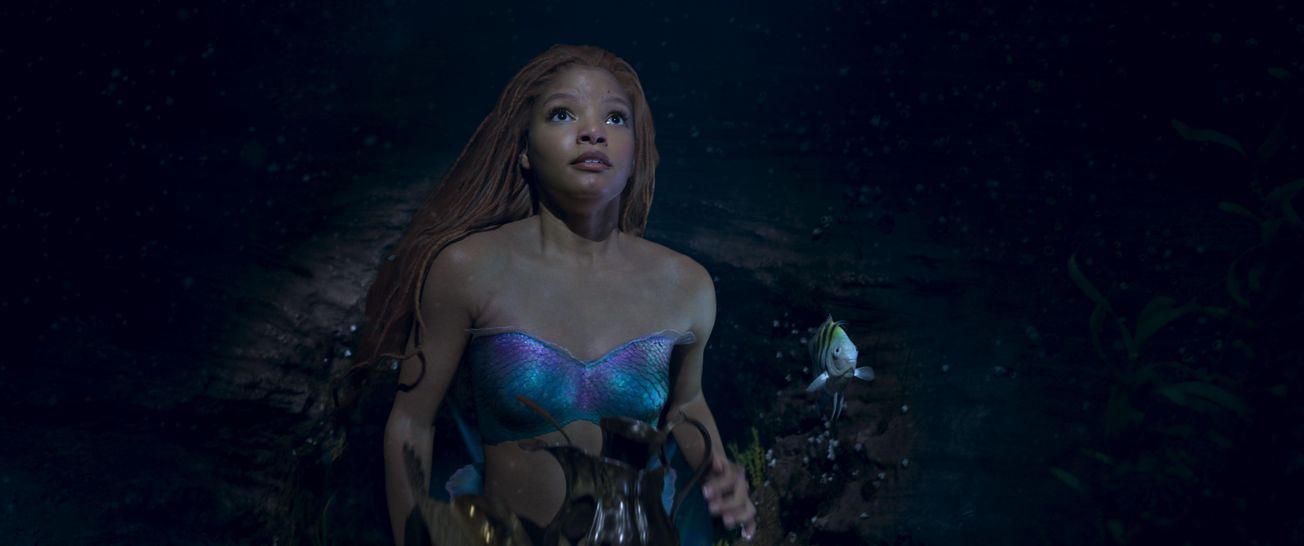By Phoebe Mackie, Third Year, English
Unlike most of the Disney remakes, the 2023 live-action Little Mermaid has caused a stir by a bold shift away from the 1989 animated version. The casting of Halle Bailey, a Black actress and singer, is a break away from the white Ariel in not only the animated movie but also the unnamed mermaid in Hans Christian Anderson’s original story. This directorial decision has stirred serious backlash, with #NotMyAriel trending on Twitter when the news of her casting broke out and even AI editing of the trailer to make her appear white circulating online.
Being reasonably familiar with this discourse through social media, I was surprised to find that casting Halle Bailey wasn’t a calculated move for a more racially inclusive cast. Instead, it came about very naturally as her performance with her sister Chloe at the Grammy’s in 2019 caught the attention of director Rob Marshall before auditions for The Little Mermaid had started. She was the first to audition, bringing the room to tears with her rendition of ‘Part Of Your World’. Rob Marshall, along with the rest of the team, felt like it was an obvious decision. Ariel’s change of race came about by chance.
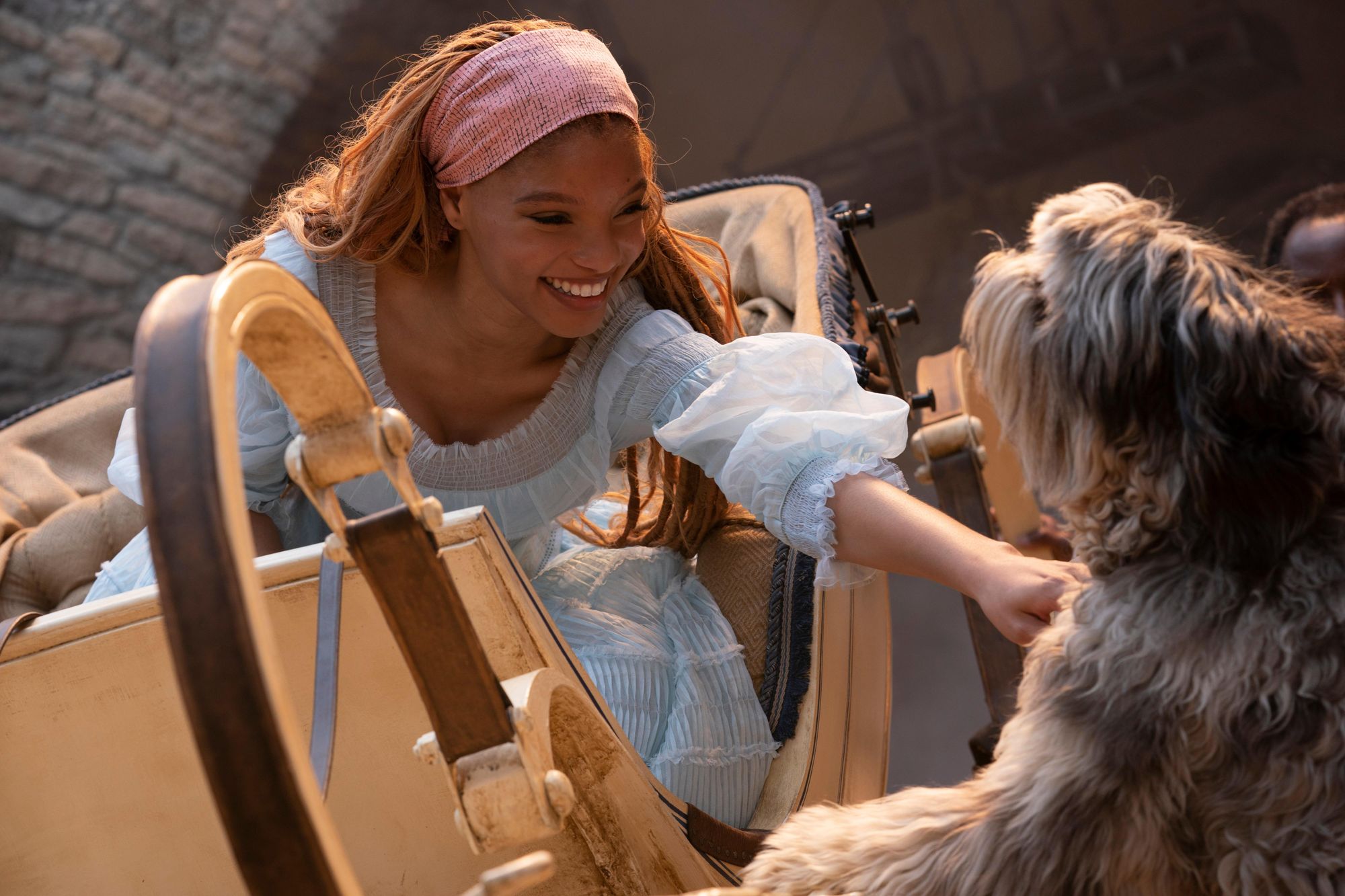
So, was it a risk that paid off? Halle Bailey is not only mesmerising for her outstanding voice, such a central aspect of Ariel’s character but for her almost palpable aura of sweetness and innocence. In her interview with Halle Bailey for the Guardian, Rebecca Nicholson comments that she is ‘a Disney star cut from an old-fashioned cloth’, and I would have to agree.
There is something classically endearing about her soft features, and the open vulnerability surrounding her is charming, both on-screen and off. Her hair was one of the few aspects which I felt had suffered a loss. Rather than the bright iconic red hair of the 1989 animated Little Mermaid, Halle’s was more of a coppery shade.
It’s a shame if some red-haired fans felt a loss in affiliation for Ariel by this alteration. The dreadlocks Halle wears were a conscious decision to incorporate her own hairstyle with the character, as Halle’s locs have become her signature look. However, as a mermaid with dreadlocks, the flowing movement of Ariel’s hair, especially underwater, was unfortunately lost.
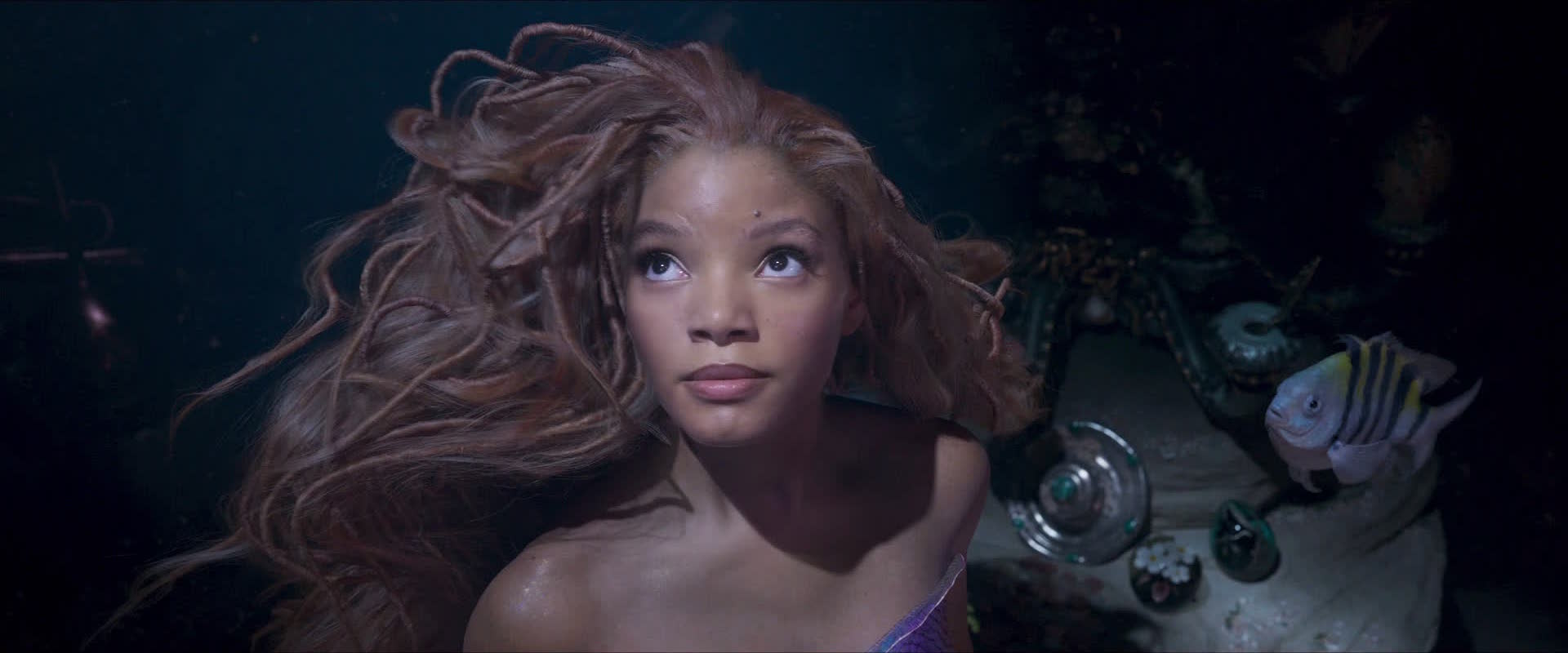
It was a pleasant surprise to find that Ariel’s race wasn’t the only adventurous change that had been made to the movie. Indeed, the crab, Sebastian, wasn’t the only character that had a Jamaican influence as in the seaside town where Eric lived, subtle nods to Jamaican culture could be seen in the costumes and accents of the locals, most of which were people of colour.
This gave it an exotic edge which enriched the world. Unlike some of the other Disney remakes, which have stayed loyal to the original films, Cinderella (2021) and The Lion King (2019) are two examples that come to mind; this was a brave breaking away from the expected Medieval style town featured in the first film. Rather than playing it safe, they have chosen to push the boundaries of what we imagine the setting of a Disney princess story should look like.
Another change from the 1989 animated version that stood out for its originality and creativity was the underworld mermaid kingdom. Unlike the classic green fish tales, the mermaids of Rob Marshall’s world had vibrantly coloured fins, alluding to different species of exotic fish. He played with the idea that mermaids have the variety and unique beauty of different species of fish.
There has been online criticism of the racial diversity of Ariel’s sisters, one of Asian descent and one of African. However, for me, this enhanced the racially coded message the film was portraying. That the barriers of race, racism and even ethnicity, which are so prevalent in our world, are immaterial in the imaginative universe of The Little Mermaid.
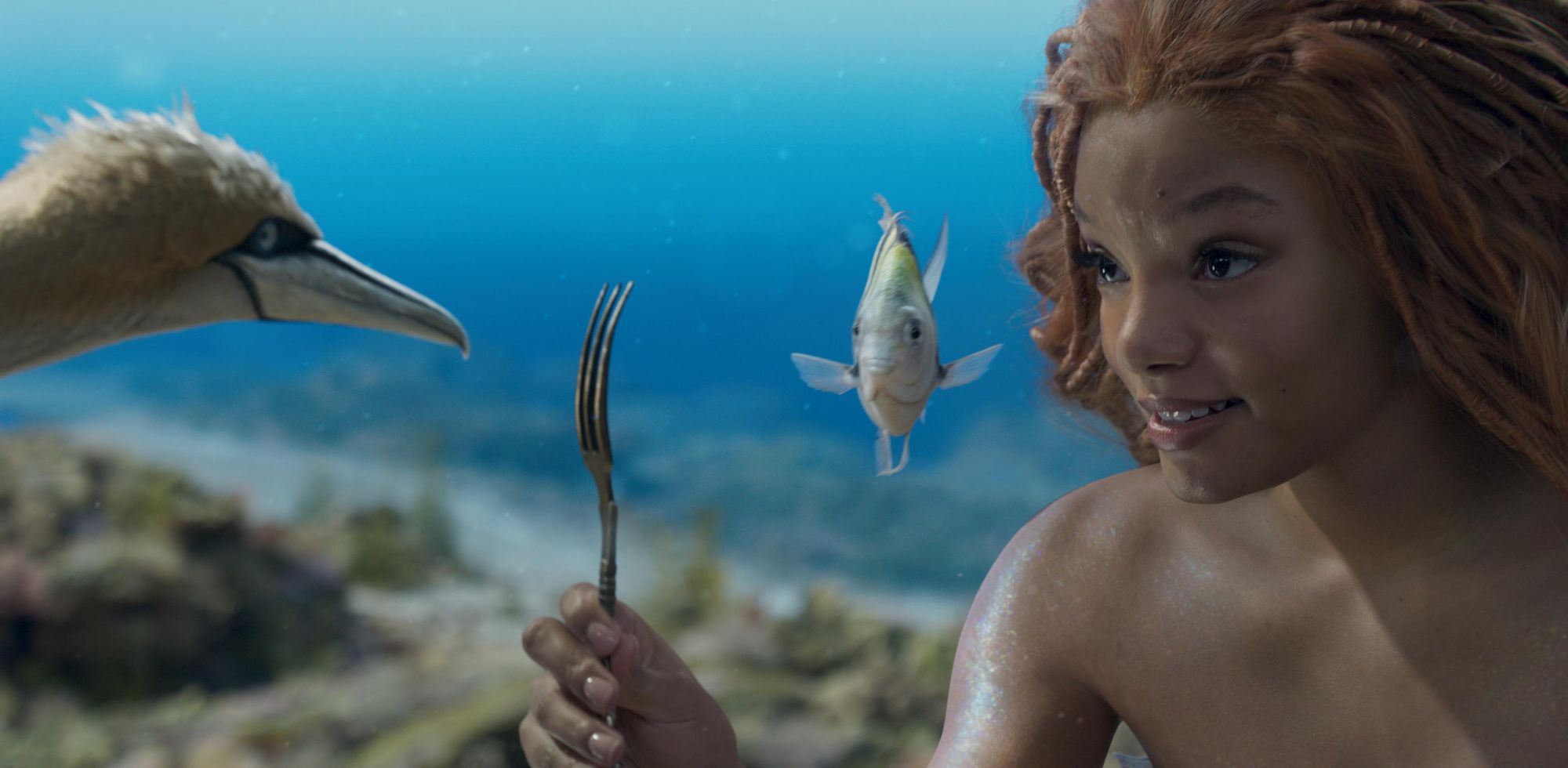
One of the few aspects which let the film slide for me was the performance of Prince Eric, played by Jonah Hauer. He looked the part with a broad, muscular build, endearing dimples and thick brunet hair. However, this couldn’t quite make up for his lack of presence and charisma, possibly done deliberately to allow Halle to shine all the more in comparison. But for me, it was more than that.
By going for a very conventional Prince, he came across as anticlimactic and even out of place in a film that has defined itself by pushing the traditional mould of Disney princess films. It was strange and disappointing to see a character who felt so steeped in a gender-typical Disney past in a film that was breaking those rules in so many ways.
Another aspect that let the film down for me was Ariel’s costumes on land. The iconic baby blue Ariel outfit wasn’t a flattering shade, and the frilly look came across as garish and silly.
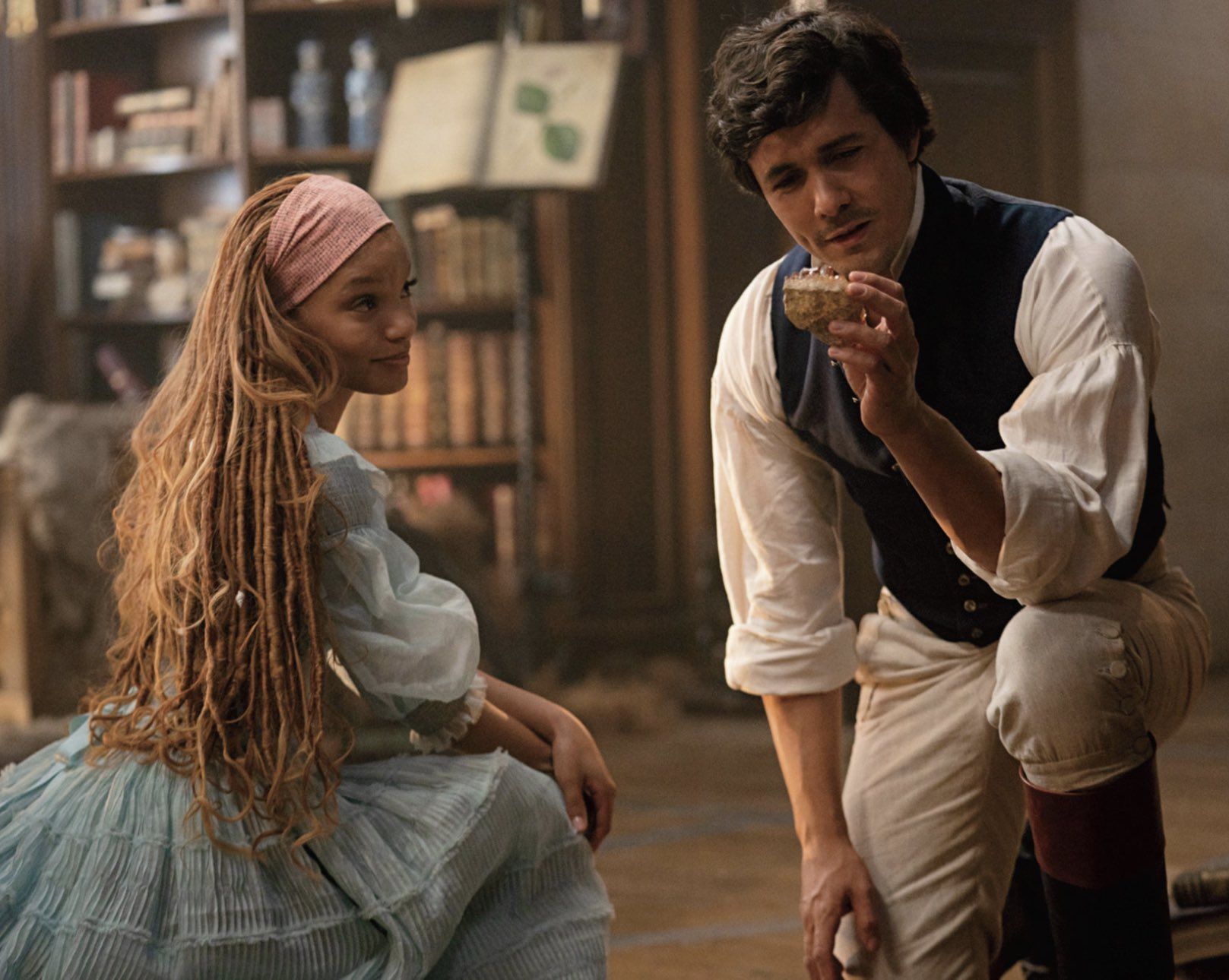
However, the overwhelming thought I left the movie with was that this film inadvertently speaks to the need to challenge the traditional cast of beauty that Disney, among other big movie companies, have set.
Allow me to explain. When I was very young, I desperately wanted blonde hair. I thought my brown hair was unattractive and even ugly. Only years later did it occur to me that Disney may have had something to do with shaping this desire. Once you connect the dots between Briar Rose from Sleeping Beauty (1959), Rapunzel from Tangled (2020), and Cinderella from Cinderella (1950), it becomes increasingly obvious how much watching these princesses impacted my sense of self and how I came to define beauty.
As a white woman, I can’t even begin to imagine how this may have been amplified if I were a person of colour watching a predominantly white central narrative.
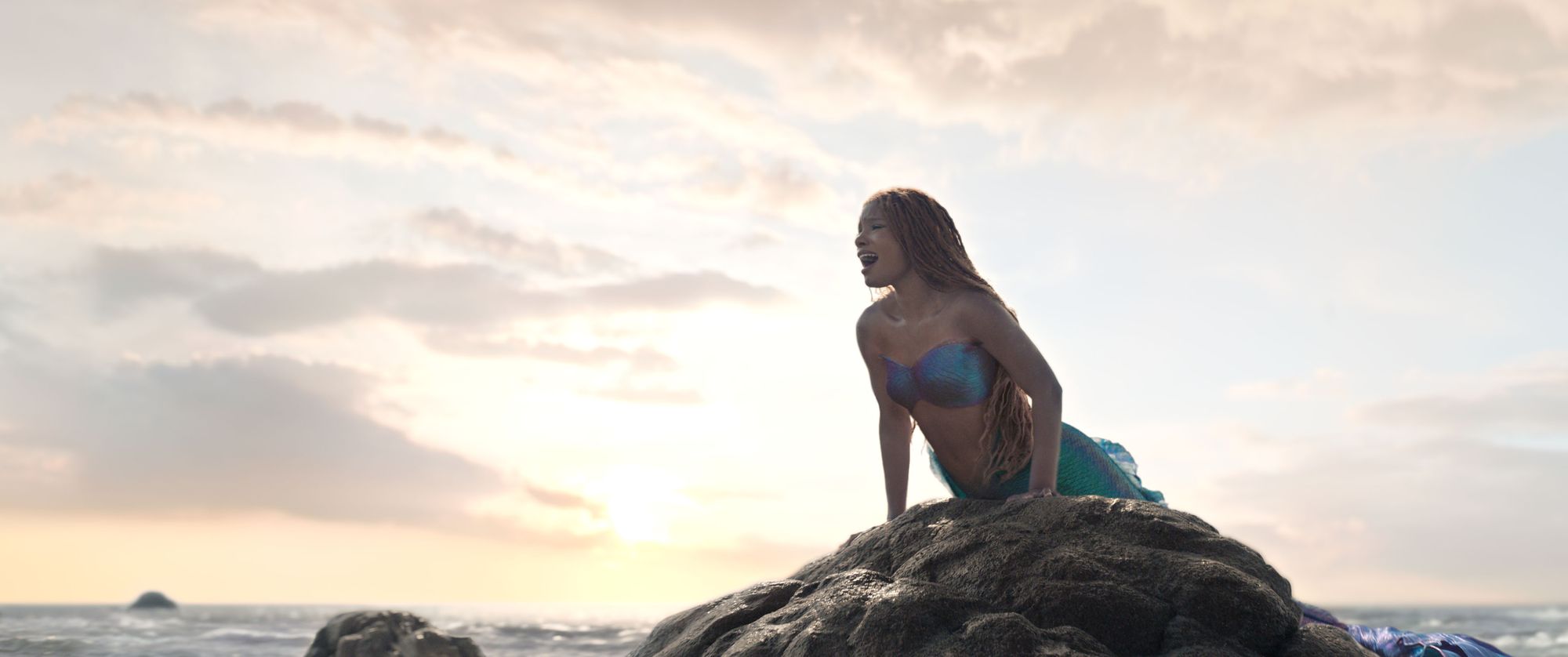
Halle Bailey herself reflects on her childhood, saying:
“If I would have had a black mermaid” when she was young, it would have “changed my whole perspective, my whole life, my confidence, my self-worth.”
This is just one testament to how powerful it is when we see honest reflections of who we are in media, film, books, and art, even more so when we are at an age when we are still trying to find our place in the world.
When inadequacy, self-worth, and beauty are just words. This has been highlighted lately through the viral TikTok of mothers who showed their black daughters dissolve into cries of shock and even tears of joy at The Little Mermaid trailer.

The beauty standards that Disney sets are incredibly powerful, for good or ill. They are standards that, despite a changing society, still glorify a certain body type, skin colour and face shape.
And in my opinion, they are standards that desperately need to change in order to accommodate a world that is starting to recognise them as exclusive to those who feel like they don’t prescribe to them. My hope is that The Little Mermaid is the start of that conversation.
Featured Image: Courtesy of Walt Disney Pictures
Have you watched the latest adaptation of The Little Mermaid?

